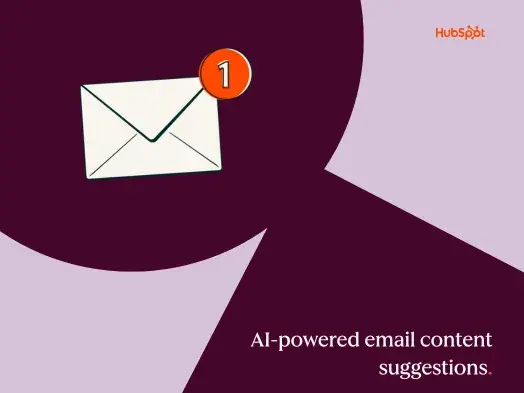Generated with ChatGPT
My heart goes to all OpenAI employees. They didn’t sign up for the drama and deserve better.
For the first-time CEOs and board members, you have much to learn from the situation. When the emotions rage on, your job is to remain calm, analyze the situation, predict the outcomes, make the right decisions, and execute them flawlessly. Big job, ha? It’s the one you signed up for. The main thing I would remind you is that as leaders, we are judged not by our intent but by the outcomes. I’m sure you believe your intent is good; most people do, but your job is to deliver on the mission set in front of you, not just intent on it. You will face tough choices in your career, and you will make some mistakes; everybody does. I found that the depth of those mistakes at the moment, how quickly you recover the situation from them, and how much you learn from them all depend on your ownership of the situation and the degree of real-time introspection. There was a moment in my career when a timely read of Extreme Ownership helped me look in the mirror and grow up as a leader.
Now, back to the lessons you can extract from the situation. I will skip the obvious ones you have already read in the big press. The motives of the OpenAI board can be analyzed on many levels, and some of this analysis heavily depends on which position you take on AI risks. But if you look at the outcomes of their actions, the situation suddenly becomes less dependent on your point of view. With the latest development, it is clear that OpenAI board failed not only OpenAI employees, but they failed the original OpenAI non-profit mission that they were appointed to protect and foster. It also shows the lack of ownership of the mistakes by some of the board members, as the situation wasn’t only managed incorrectly from the beginning but continued to be mismanaged through the process. Again, I’m not judging the motives; I am using deteriorating outcomes to measure that.
How can you prevent a similar crisis in your organization? In this situation, there had to be someone with a cool head and practical wisdom to advise the board when the emotions ran high. You cannot run a $90B entity without people like that. As a CEO, you can tap into your board, you can tap into your employees, and you can tap into your network for advice. I had Chief People Officers, Chief Financial Officers, Chief Revenue Officers, and countless other employees who helped me make better company decisions. I can’t imagine a functioning board executing something like this without consulting a General Counsel and Head of Communications (internal or external). If those advisors were of the wrong caliber for a $90B organization, that tells you something. If those advisors weren’t aligned with the board or the mission, and the board decided to keep them in the dark, that also tells you something. Don’t make those mistakes; make sure that as you lead your organization, you have that network of people at all levels of leadership (board, CEO, CxOs). They don’t have to agree with each other or you but must be trustworthy and aligned with the mission. If nothing else, it helps to talk through things with someone before making rash calls. Let the steam out, get a fresh perspective, and formulate a better plan.
Another clear thing is that there was a clear and strong difference of opinion at the different levels of the OpenAI organization going back to the mission of the organization. Is it creating a super-intelligence before anyone else does? Is it safeguarding humanity from super-intelligence? Is it supporting the open research community to create super-intelligence jointly and protect against the fact that only a few big techs can afford to build AI at this scale? All of these are viable missions, and in the idealistic world, they might all be achieved simultaneously throughout the whole journey, but in real life, some directly contradict one another. People shrugged this misalignment under the carpet, but that’s not the right way to deal with the situation (neither is the drama). Whenever you run your organization, you either have to align it to the mission or align the mission to the organization and do it continuously. It’s part of the leadership job. If you allow the deep fissures to develop, they will eventually manifest in crisis.
So, the three takeaways for you, leaders, are extreme ownership, building the support and trust network, and aligning the organization from top to bottom. The last bonus takeaway is to stay attuned to your employees and be part of ONE team that wins together.










